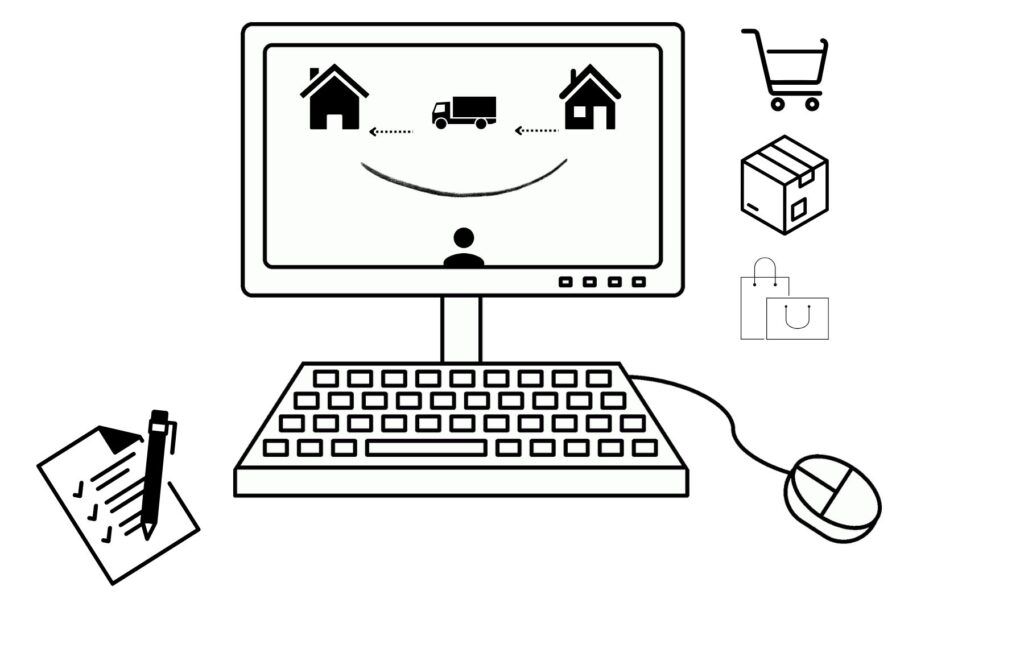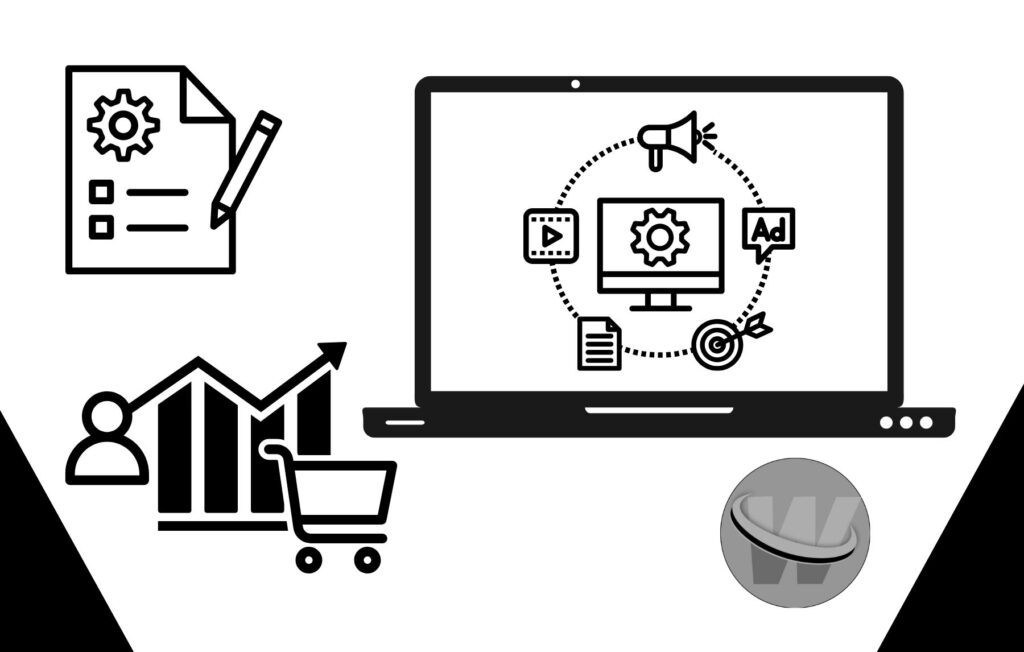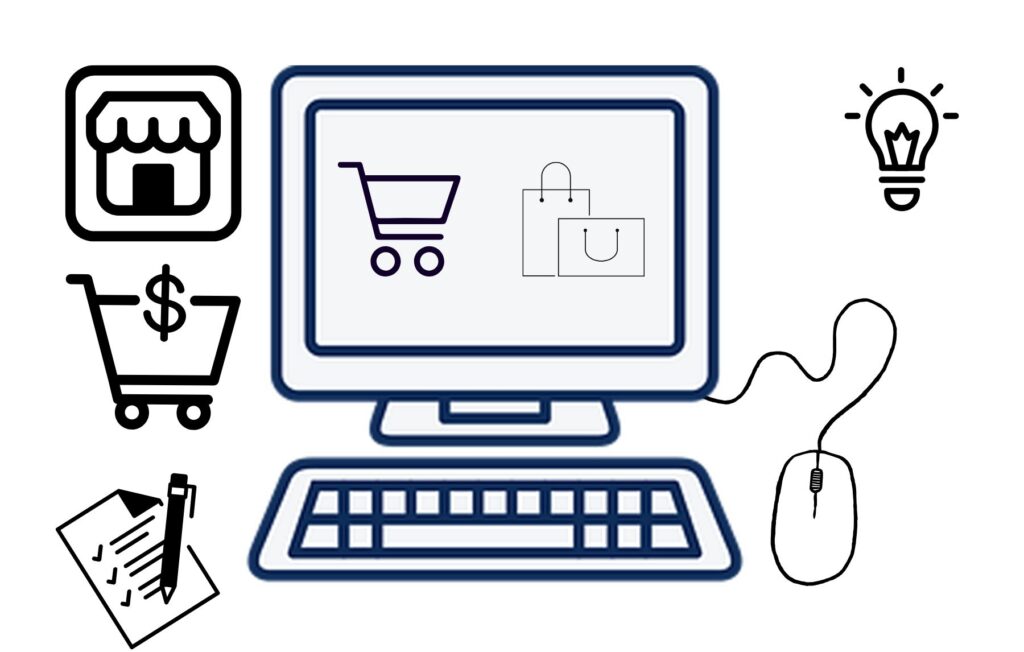Using dropshipping to create an e-commerce store is a smart way to sell products without worrying about inventory or shipping. In this business model, you are a middleman between suppliers and customers. You only purchase a product from the supplier if a customer places an order with the help of your website, and the supplier ships it directly to the customer.
This approach is low-risk, easy to set up, and a great source of passive income. Below is a complete guide to building a dropshipping store.
How Dropshipping Works Using WordPress And Elementor
- Set Up an Online Store – List products on your store, even though you don’t hold inventory.
- Customer Places an Order – A customer buys a product from your website.
Order Forwarded to Supplier – You purchase the product from the supplier and provide the customer’s shipping details.
- Supplier Ships the Product – The supplier delivers the product directly to your customer.
Benefits of Dropshipping
- No Inventory Management: You don’t need to store products.
- Low Startup Costs: No need for warehousing or bulk product purchases.
Wide Product Range: List many products from different suppliers.
- Location Flexibility: If you have an internet connection, you can run your business from anywhere.
Step-by-Step Guide to Start a Dropshipping Store
Step 1: Choose a Niche
Select a niche that is:
- Profitable: Use tools like Google Trends to research trending products.
- Focused: A specific niche like “tech accessories” or “home decor” works better than a general store.
In Demand: Select products that are in high demand and have low competition.
Examples:
- Tech gadgets (Bluetooth speakers, phone cases)
- Fitness products (yoga mats, resistance bands)
Home decor (LED lights, wall art)
- Fashion accessories (jewelry, bags)
Step 2: Find a Reliable Supplier
- AliExpress: A popular Marketplace for finding dropshipping suppliers in various niches.
- CJ Dropshipping: Offers faster shipping options than AliExpress.
SaleHoo: A directory of trusted suppliers and wholesalers.
- Printful: For print-on-demand products like T-shirts, mugs, and posters.
Tips:
- Find suppliers with good ratings and reviews.
- Make sure the supplier offers tracking and fast shipping, especially if you want to serve customers in the Middle East.
Step 3: Build Your E-commerce Store
1. Choose a Platform
- Shopify: User-friendly and perfect for dropshipping, with many integrations.
- WooCommerce: Free and works with WordPress (which you already know!).
BigCommerce: Another popular platform for scalable online stores.
2. Install Dropshipping Tools
- Shopify: Use the DSers or Spocket app to import products from AliExpress and automate orders.
- WooCommerce: Install the AliDropship plugin or WooCommerce Dropshipping plugin for easy product management.
3. Design Your Store
- Use a professional theme related to your niche.
- Add categories, product descriptions, and high-quality images.
- Since you know WordPress and Elementor, you can easily build a store with WooCommerce and customize it using Elementor.
Step 4: Add Products to Your Store
- Product Descriptions: Write engaging, SEO-friendly descriptions.
- Product Images: Use high-quality images from suppliers or create your own.
- Pricing Strategy: Mark up the product price to cover supplier costs and shipping fees while still being competitive.
Example:
- Supplier Price: $10
- Your Selling Price: $25
- Profit per Sale: $15
Step 5: Set Up Payments and Shipping
- Payment Gateways: Set up PayPal, Stripe, or other local payment options like Mada (for Saudi Arabia).
- Shipping: Offer free shipping or tiered shipping options (e.g., free on orders above $50).
Step 6: Launch and Promote Your Store
1. Social Media Marketing
- Create an Instagram page or Facebook store for your business.
- Invest in Facebook and Instagram ads to target the right audience for your products.
2. Search Engine Optimization (SEO)
- To rank higher on Google, optimize your product descriptions with keywords.
- Start a blog to drive organic traffic (e.g., “Top 10 Must-Have Fitness Gadgets in 2024”).
3. Email Marketing
- Make your email list grow by offering discounts or free shipping.
- Send regular newsletters with new products and promotions.
4. Offer Discounts and Coupons
- Run limited-time offers or provide discount codes to encourage sales.
Step 7: Automate and Scale Your Business
- Automate Orders: Tools like DSers or AliDropship will automatically place orders with your suppliers.
- Outsource Tasks: As your business grows, you can outsource customer service or hire a virtual assistant.
- Expand Product Range: Add more products based on customer feedback and trends.
Potential Monthly Earnings Estimate
| Metric | Estimate |
|---|---|
| Average Product Price | $25 |
| Profit Margin | $10 – $15 per sale |
| Monthly Sales | 100 sales |
| Total Monthly Profit | $1,000 – $1,500 |
By improving your marketing and scaling up, you can increase sales to thousands of dollars per month.
Challenges in Dropshipping
- Shipping Times: With international suppliers, shipping may take 2-4 weeks.
- Customer Service: If something goes wrong, you’re responsible for handling customer complaints.
- Profit Margins: Dropshipping margins can be thin, so you need to focus on volume sales or upselling.
Tips for Success in Dropshipping
- Choose Products Carefully: Focus on products that solve a problem or are in trend.
- Test Different Marketing Strategies: Use A/B testing with ads to find what works best.
Provide Excellent Customer Service: Respond to inquiries quickly and offer refunds if needed.
- Analyze Your Competitors: Study their pricing, product range, and marketing tactics.
- Focus on Branding: A branded store (even with dropshipping products) builds customer trust.
Is Dropshipping Worth It?
Yes! Dropshipping is achievable if you put in the time to select good products and market them effectively. While the competition can be high, unique product selection, excellent marketing, and good customer service will set your store apart.




